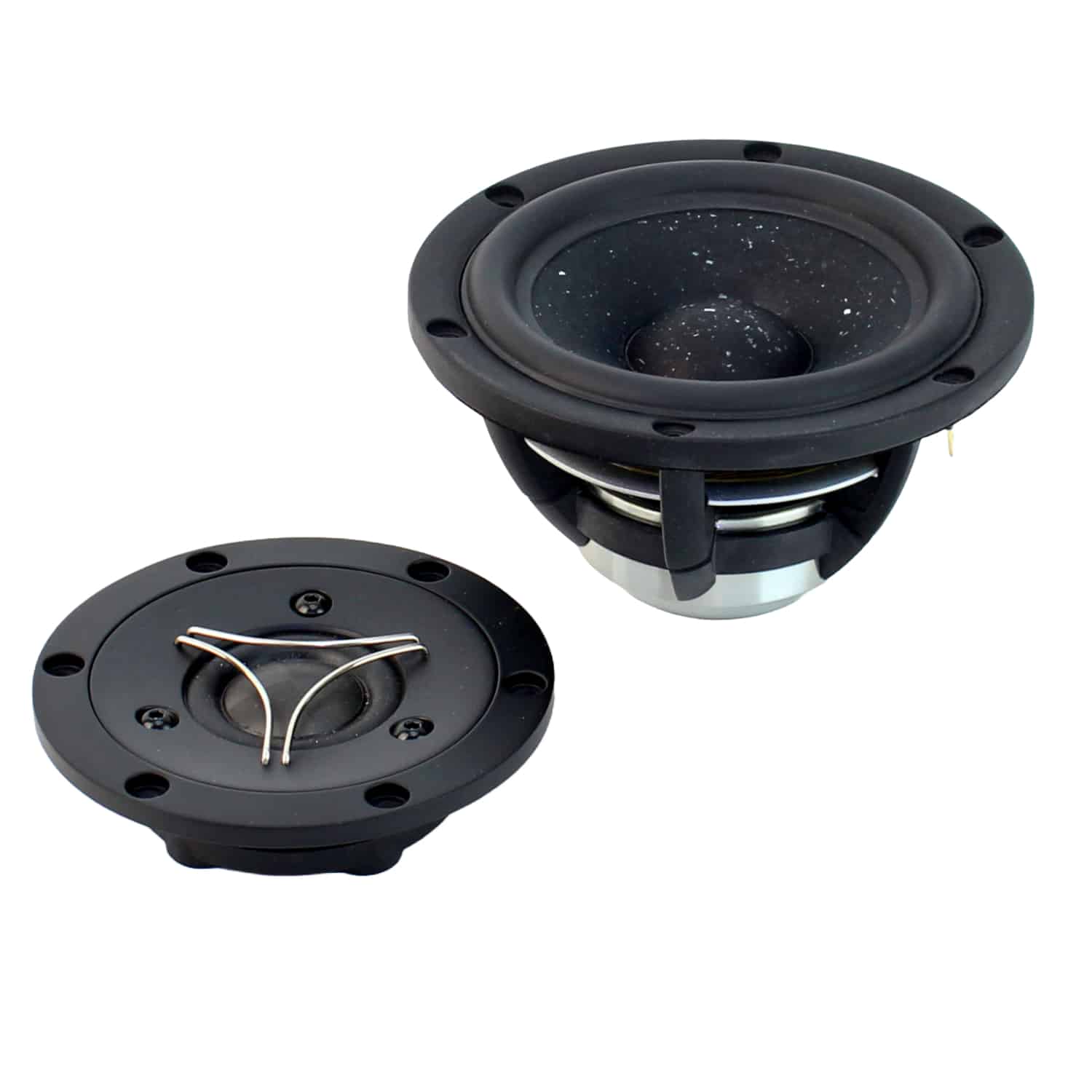Here is my iteration of the late Jeff Bagby's amazing SB Acoustics Revolution Mini speaker.
For those uninitiated, the Revolution Mini was designed by Jeff Bagby in late 2018. It follows the familiar 1/4 cu. ft. mini monitor size. But don't let the size fool you. This does everything from acapella to classical to jazz to rock. I’ve been in this game over 20 years, and it’s just phenomenal.
All the kit components can be purchased in one convenient package, who ships to North America, Oceania and elsewhere:
I opted for the Soft Dome SB29SDAC variant, instead of the beryllium dome SB29SBAC, and the white MW13 for aesthetic reasons, and used blackheart sassafras, an evergreen tree native to south eastern Australia where I'm currently living.
I never met Jeff, but corresponded with him from the days of Madisound BBS forums over 15 years. Always kind, generous, and shared his knowledge. RIP.



My other speakers are Music and Design NaO II, and Jim Holtz Statement II, both over 100L.
Like your own children, you don't have a best.
But you want something small, around the size of the LS3/5A or Jeff Bagby's own Continuum speaker, this is something special.
When I look at the measurements, sure, the first thing that sticks out is the top octave (10-20Khz) on-axis.
If that bothers you then build the one with the beryllium dome- it's a drop in replacement and doesn't have that failing/feature.
But the other thing that the visual measurements between 100Hz to 10Khz aren't telling me ~7ms gating, so it's good down to about 150Hz, but in- room there's bass to around 50Hz. For music, it's all there.
But why is the imaging is so spectacular? Late night intimate listening has never been so good.
For those uninitiated, the Revolution Mini was designed by Jeff Bagby in late 2018. It follows the familiar 1/4 cu. ft. mini monitor size. But don't let the size fool you. This does everything from acapella to classical to jazz to rock. I’ve been in this game over 20 years, and it’s just phenomenal.
All the kit components can be purchased in one convenient package, who ships to North America, Oceania and elsewhere:
I opted for the Soft Dome SB29SDAC variant, instead of the beryllium dome SB29SBAC, and the white MW13 for aesthetic reasons, and used blackheart sassafras, an evergreen tree native to south eastern Australia where I'm currently living.
I never met Jeff, but corresponded with him from the days of Madisound BBS forums over 15 years. Always kind, generous, and shared his knowledge. RIP.
My other speakers are Music and Design NaO II, and Jim Holtz Statement II, both over 100L.
Like your own children, you don't have a best.
But you want something small, around the size of the LS3/5A or Jeff Bagby's own Continuum speaker, this is something special.
When I look at the measurements, sure, the first thing that sticks out is the top octave (10-20Khz) on-axis.
If that bothers you then build the one with the beryllium dome- it's a drop in replacement and doesn't have that failing/feature.
But the other thing that the visual measurements between 100Hz to 10Khz aren't telling me ~7ms gating, so it's good down to about 150Hz, but in- room there's bass to around 50Hz. For music, it's all there.
But why is the imaging is so spectacular? Late night intimate listening has never been so good.


Comment